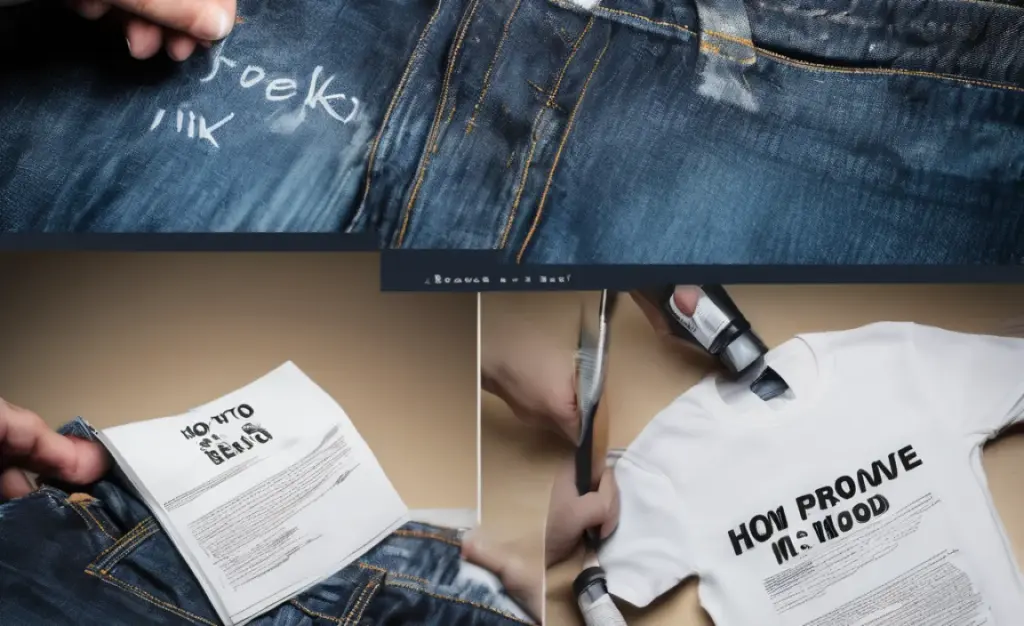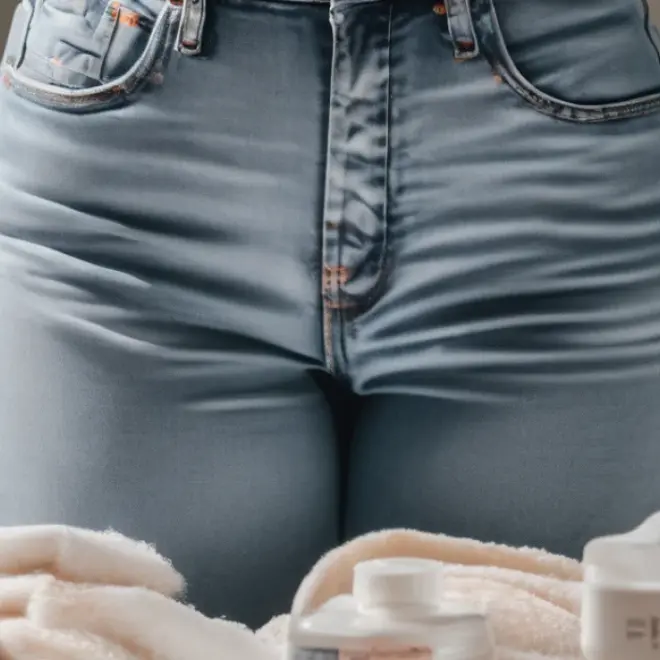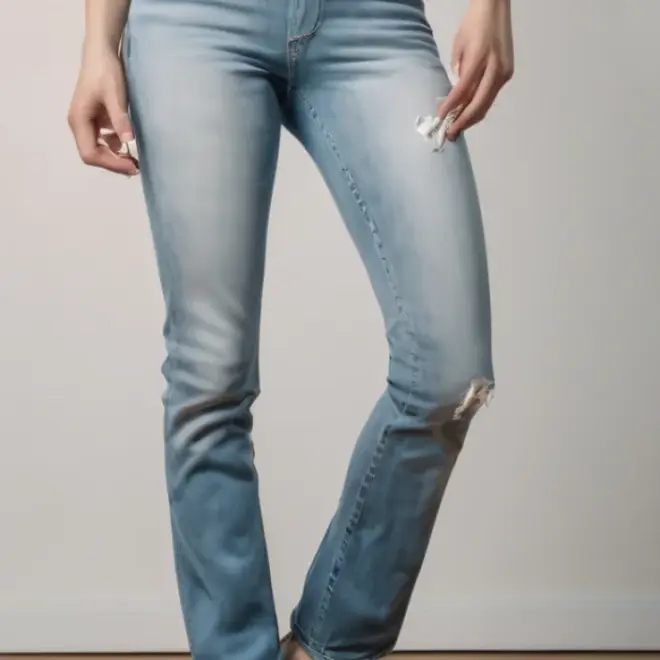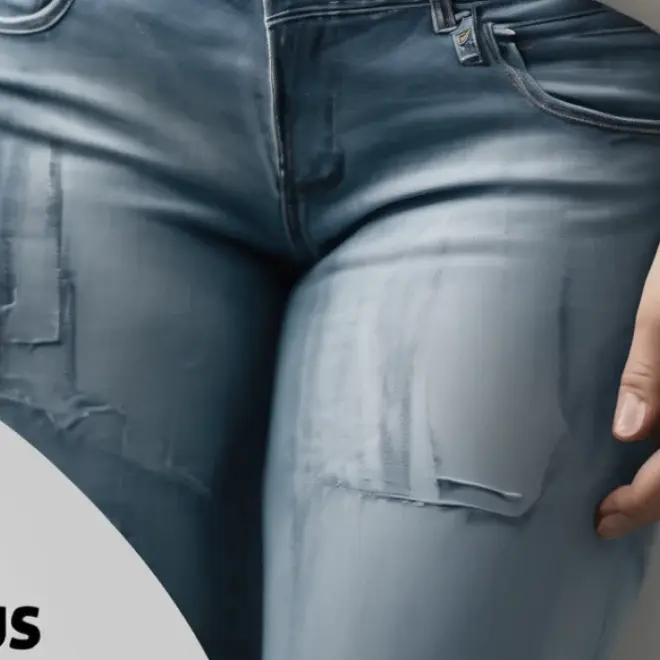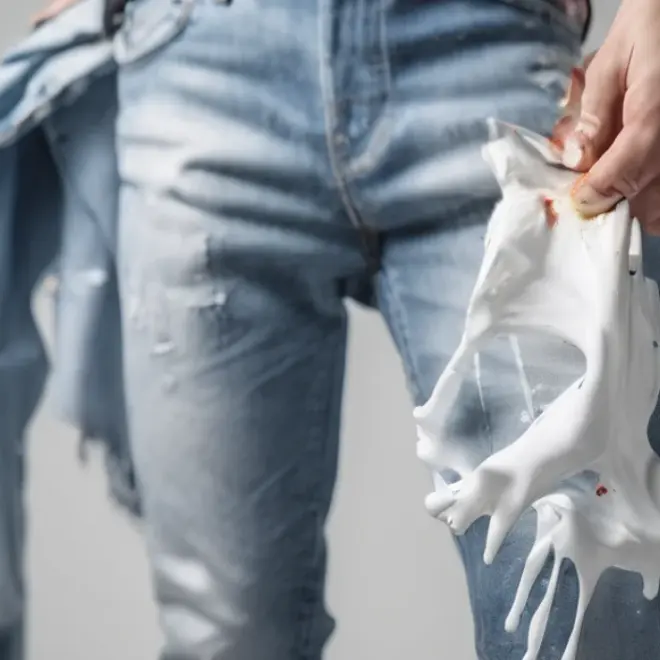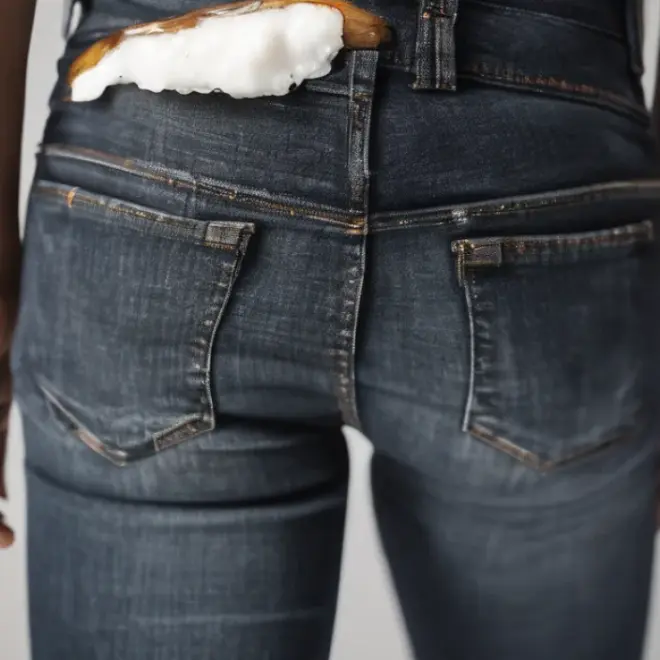Ink stains on your favorite jeans? Don’t panic! The best method involves readily available household items like rubbing alcohol, applied gently with a clean cloth or cotton swab. With a bit of patience and the right steps, you can effectively lift most ink stains and save your denim.
Jeans are a wardrobe staple, but accidents happen. Whether it’s a leaky pen during a busy day or a stray mark from a craft project, ink on denim can feel like a laundry disaster. But before you consider those jeans a lost cause, know that with the right approach, most ink stains can be tackled successfully. This guide will walk you through the most effective, beginner-friendly method to remove ink from your jeans, giving you the confidence to handle these common mishaps.
The Proven Best Method: Rubbing Alcohol for Ink Removal
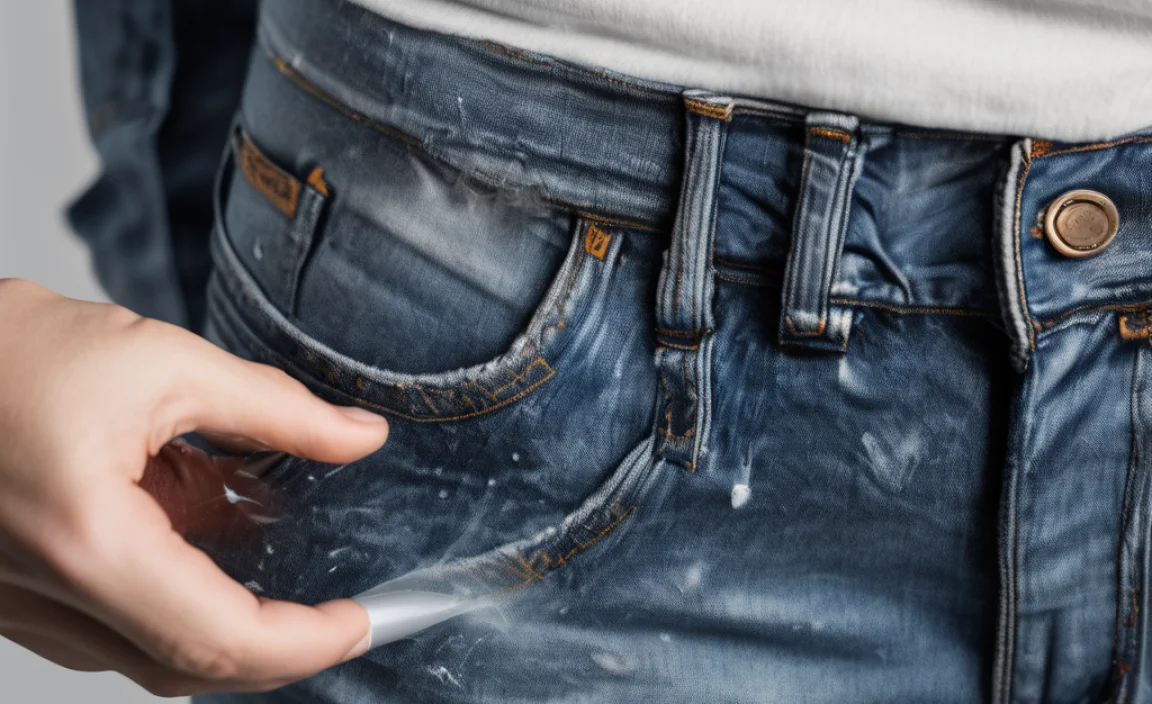
When it comes to removing fresh ink stains from jeans, rubbing alcohol (isopropyl alcohol) is often the MVP. It’s a solvent that works by breaking down the ink particles, making them easier to lift from the fabric. It’s generally safe for most denim finishes, but a spot test is always wise.
Why Rubbing Alcohol?
- Effective Solvent: It breaks down the components of many common inks.
- Readily Available: Found in most medicine cabinets or easily purchased at drugstores and supermarkets.
- Relatively Gentle: Compared to harsher chemicals, it’s less likely to damage fabric when used correctly.
- Dries Quickly: Minimizes the risk of creating water stains or spreading the ink further.
What You’ll Need:
- Rubbing alcohol (70% or 91% isopropyl alcohol)
- Clean white cloths or paper towels
- Cotton swabs (Q-tips)
- A small bowl or container
- Cold water
- Mild laundry detergent
- An old towel or thick paper towels to place underneath the stained area
Step-by-Step Guide to Removing Ink Stains with Rubbing Alcohol:
- Act Quickly: The sooner you treat the stain, the better your chances of complete removal. Fresh ink is much easier to lift than dried ink.
- Pre-Treat the Area (Optional but Recommended): If the ink has begun to set, you can try gently dabbing the stain with a damp cloth soaked in cold water. This can sometimes loosen the ink.
- Protect Your Work Surface: Lay an old towel or several layers of thick paper towels flat on a protected surface (like a table or countertop). Place the stained section of your jeans, ink-side down, onto the towel. This prevents the ink from bleeding through to the other side of the jeans or onto your work surface.
- Apply Rubbing Alcohol:
- Pour a small amount of rubbing alcohol into your small bowl or directly onto a clean white cloth or cotton swab.
- For smaller, more precise stains, cotton swabs are ideal. Dip the swab into the alcohol and gently dab at the edges of the ink stain, working your way inward.
- For larger stains, use a clean white cloth. Dampen the cloth with rubbing alcohol and gently blot the stained area.
- Blot, Don’t Rub: The key here is to blot or dab the stain. Rubbing can spread the ink further into the fabric fibers and make the stain worse. As you blot, you should see the ink transferring from your jeans onto the cloth or cotton swab.
- Change Your Blotting Material Frequently: As your cloth or swab picks up ink, it will become saturated. Switch to a clean section of the cloth or a fresh cotton swab to avoid re-depositing the ink onto the jeans. Keep a stack of clean white cloths or paper towels handy.
- Rinse Periodically: After several minutes of blotting, you may want to rinse the treated area with cold water to see your progress and remove loosened ink. Gently squeeze out excess water.
- Repeat if Necessary: For stubborn stains, you may need to repeat the blotting process multiple times. Continue applying rubbing alcohol and blotting until no more ink is transferring onto your cloth or swab.
- Wash the Jeans: Once you’ve removed as much ink as possible, rinse the affected area thoroughly with cold water. Then, wash the jeans as usual in the washing machine with your regular cold water cycle and a mild detergent. Do not use hot water, as heat can set any remaining stain.
- Air Dry and Inspect: After washing, inspect the stained area carefully before putting the jeans in the dryer. Heat from the dryer will permanently set any remaining ink. If the stain is still visible, repeat the treatment process. If the stain is gone, you can then dry the jeans as usual.
Understanding Ink Types and Their Impact
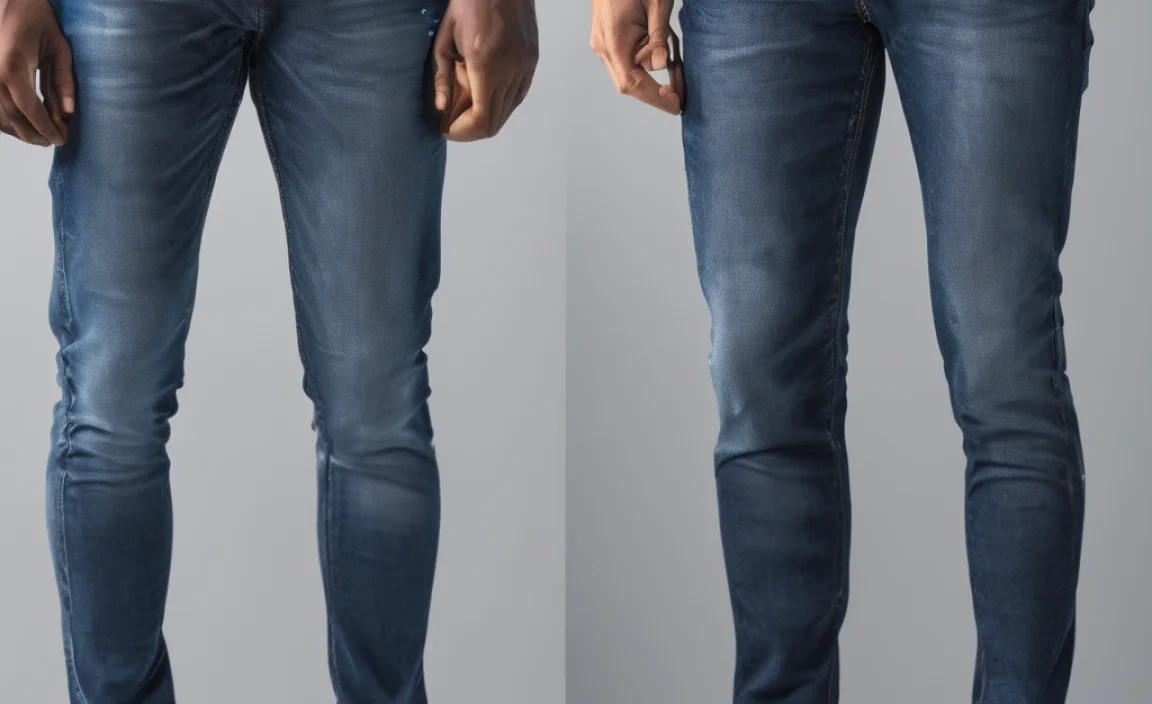
Not all ink is created equal, and the type of ink can significantly influence how easy it is to remove. Recognizing the type of ink can help you choose the most effective stain removal strategy.
Common Ink Types Found on Clothing:
- Ballpoint Pen Ink: Typically oil-based or dye-based. Rubbing alcohol is excellent for this.
- Gel Pen Ink: Often pigment-based. Can be trickier than ballpoint, but alcohol usually helps.
- Fountain Pen Ink: Usually water-based and dye-based. Often easier to remove with water and mild detergent, but alcohol can also be effective.
- Permanent Marker Ink (e.g., Sharpie): These are designed to be permanent and are the most challenging. They often contain solvents and pigments that adhere strongly to fabric. While rubbing alcohol can help, it might require multiple applications or a combination of methods.
- Printer Ink: Can be dye-based or pigment-based. Removal can vary greatly depending on the printer and ink type.
The method described above using rubbing alcohol is a great starting point for most common ink types, especially ballpoint and gel pens. For more stubborn inks like permanent markers, additional steps or specialized removers might be necessary. It’s always best to consult the ink manufacturer’s recommendations if available, though this is rarely practical in a stain emergency.
When Rubbing Alcohol Isn’t Enough: Alternative Stain Removers
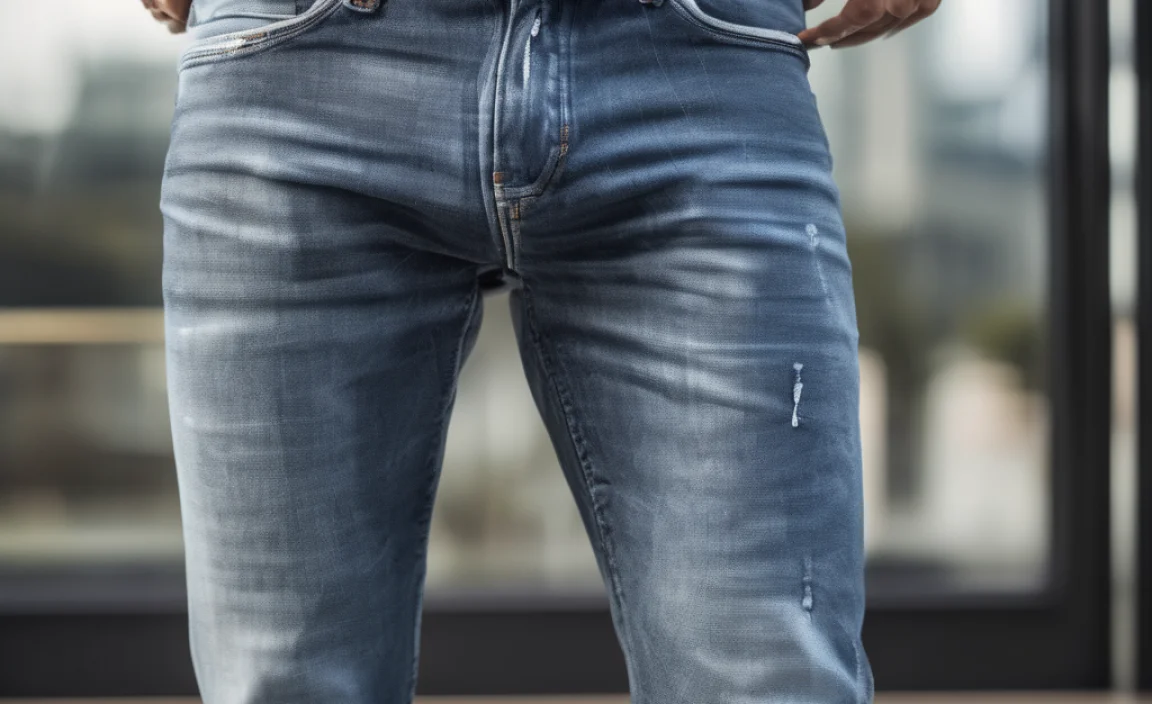
If rubbing alcohol doesn’t fully do the trick, or if you’re dealing with a particularly stubborn or old stain, there are other options to consider. Always test these in an inconspicuous area first.
Alternative Solutions for Ink Stains on Jeans:
- Hairspray: Older formulations of hairspray containing alcohol can be surprisingly effective on ink. Spray it directly onto the stain, let it sit for a few minutes, and then blot with a clean cloth. Wash as usual. Modern hairsprays may have different formulations, so test first.
- Hand Sanitizer: Most hand sanitizers contain a high percentage of alcohol, making them a convenient alternative to rubbing alcohol when you’re on the go. Apply, let it sit, and blot.
- Rubbing Alcohol Wipes: Similar to cotton swabs, these are great for precise application and portability.
- Commercial Stain Removers: There are many laundry stain removers designed for ink and general stains. Look for one that specifically mentions ink or marker removal. Follow the product instructions carefully. Some reputable brands include Amodex, Goo Gone, or OxiClean.
- Milk Soak: For some water-based inks, soaking the stained area in milk overnight can help lift the stain. After soaking, wash as usual.
- Hydrogen Peroxide (for light-colored jeans only): A mild bleaching agent, hydrogen peroxide can be used on white or very light-wash jeans. Apply a small amount to the stain, let it sit for a few minutes (no more than 10-15), and then rinse thoroughly. Wash immediately. Caution: Hydrogen peroxide can bleach colored fabrics, so avoid it on dark or colored denim.
It’s important to remember that the effectiveness of these alternatives can vary. Always prioritize testing any new product on a hidden part of the jeans, such as an inside seam, to ensure it doesn’t cause discoloration or fabric damage. You can find more information on fabric care and stain removal from resources like Purdue University Cooperative Extension, which offers practical advice on laundry and textiles.
Preventing Ink Stains on Your Jeans
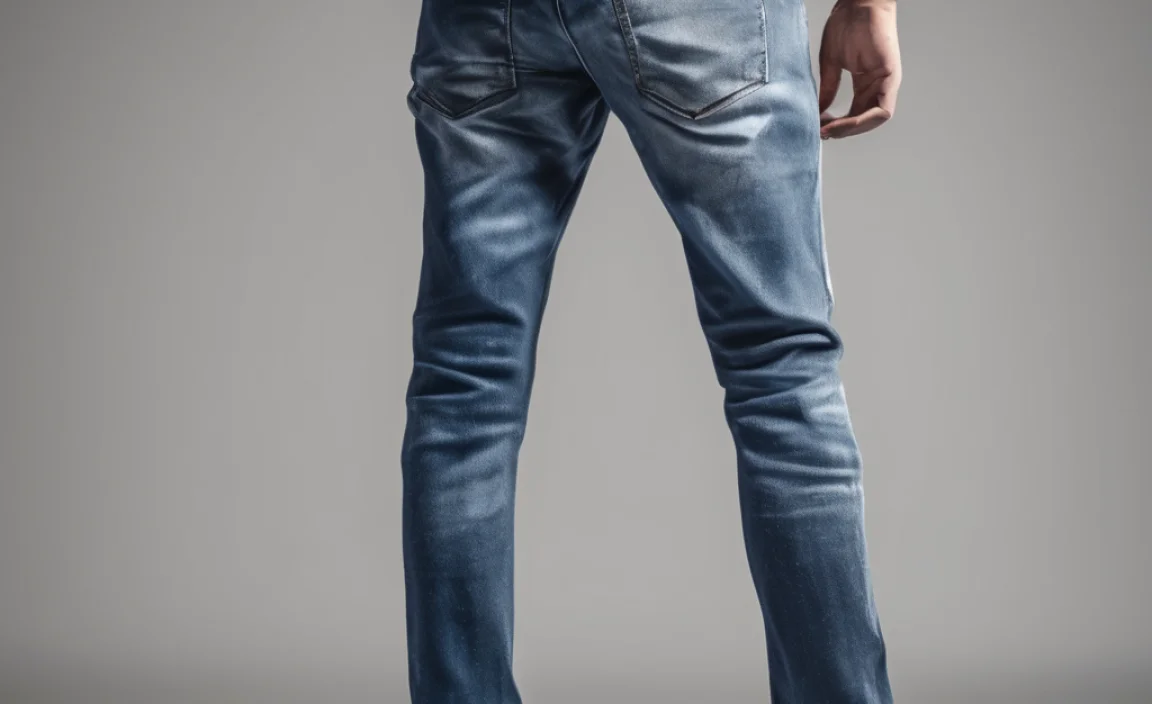
While accidents happen, there are ways to minimize the risk of ink stains on your favorite denim:
- Pen Hygiene: Always ensure pens are capped securely before putting them in pockets or bags. Consider carrying pens in a separate pouch or designated pen holder.
- Be Mindful of Your Environment: When wearing jeans, be extra cautious around ink sources. For example, put on your jeans after applying certain lotions or working with messy materials that might happen to have ink.
- Pre-Treat Potential Problem Areas: If you know you’ll be in a situation with a high risk of ink transfer (e.g., working with children, frequent pen use), you might consider a very light application of a fabric protector spray on a small, inconspicuous area, though results can vary.
- Choose Your Jeans Wisely: Darker wash jeans or those with a distressed finish can sometimes hide minor marks better than lighter washes.
Frequently Asked Questions About Removing Ink From Jeans
Q1: Will rubbing alcohol damage my jeans?
Rubbing alcohol is generally safe for most denim fabrics when used as directed. However, it’s always a good idea to spot-test on an inconspicuous area (like an inside seam) before treating the stain to ensure it doesn’t cause discoloration or weakening of the fabric fibers.
Q2: How long should I let the rubbing alcohol sit on the stain?
You don’t need to let it sit for an extended period. Apply the alcohol and immediately begin blotting. Continue blotting, reapply alcohol as needed, and see the results. The key is consistent blotting to lift the ink as the alcohol works.
Q3: My ink stain is old and dried, can I still remove it?
Older, dried ink stains are more challenging but not impossible to remove. You may need to repeat the rubbing alcohol treatment multiple times, and potentially try alternative removers like commercial stain removers or hydrogen peroxide (on light denim only). Patience is key.
Q4: Can I use bleach to remove ink from my jeans?
For dark or colored jeans, avoid chlorine bleach entirely, as it will cause significant discoloration and damage. For white jeans, a diluted bleach solution or hydrogen peroxide can be used cautiously, but rubbing alcohol is often a safer and more effective first step for ink.
Q5: What’s the difference between a dye-based and pigment-based ink stain for jeans?
Dye-based inks are usually water-soluble or alcohol-soluble, meaning they break down more easily with solvents. Pigment-based inks use tiny solid particles suspended in a liquid, which can adhere more stubbornly to fabric fibers and are often harder to remove.
Troubleshooting Ink Stains: What if the Stain Persists?
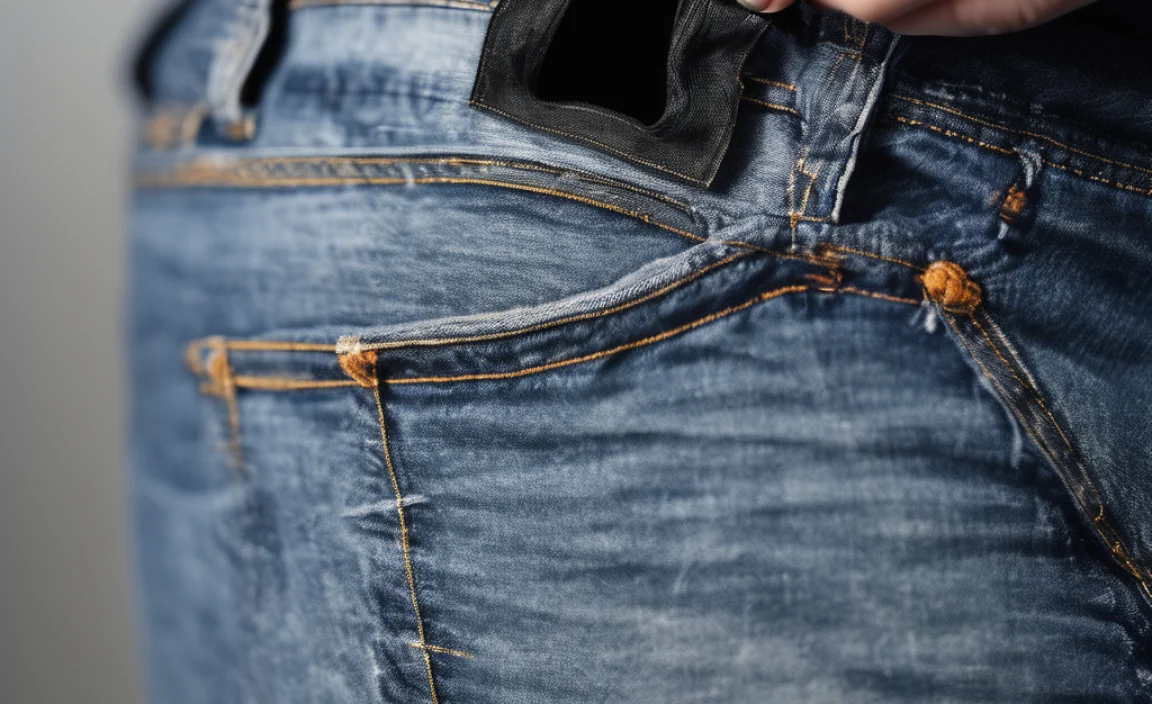
Sometimes, despite your best efforts, a faint ink stain might remain. Don’t despair! Here’s what you can do:
- Repeat the Process: Stubborn stains often require multiple attempts. Allow the fabric to dry completely between treatment sessions, then try the chosen method again.
- Consider a Dedicated Ink Remover: Products like Amodex are specifically formulated for ink and can be very effective on all types of ink and fabric. Always follow the product’s instructions. The Amodex website offers detailed guides for various ink stain scenarios.
- Professional Dry Cleaning: For very valuable or delicate jeans, or if the stain is extensive and persistent, a professional dry cleaner may have specialized solvents and techniques to lift the stain without damaging the fabric.
- Embrace the Mark (as a Last Resort): If all else fails, sometimes a small ink mark can become a unique characteristic of your jeans, especially if they are already worn or have a more casual style.
Understanding Fabric Care and Ink Permanence
The weave and treatment of denim can affect how easily ink penetrates. Tightly woven, stiffer denim might hold onto ink more stubbornly than softer, more worn denim. Also, consider the finish of your jeans. Raw denim, selvedge denim, and pre-distressed jeans all have different characteristics that might interact with stain removers.
It’s also worth noting that the “permanence” of ink isn’t always absolute. Many inks are designed to be permanent on porous surfaces like paper, but fabric is a different beast. The fibers can absorb ink, but they can also release it under the right conditions. This is why a solvent that breaks down the ink’s chemical structure is so important.
For those interested in the science behind fabric treatments and stain removal, resources from institutions like Cotton Incorporated provide in-depth information on textile science and common laundry challenges.
Concluding Thoughts on Saving Your Jeans
Ink stains on your beloved jeans don’t have to be a fashion emergency. By acting quickly and using the right techniques, particularly the reliable method of rubbing alcohol, you can often rescue your denim. Remember the importance of blotting, changing your cleaning material frequently, and always air-drying to check for remaining traces of the stain before heat setting it permanently.
Keep a small bottle of rubbing alcohol and a pack of clean white cloths in your home for immediate action. With a little care and the knowledge from this guide, you can confidently tackle ink mishaps and keep your jeans looking their best for years to come. Don’t let a stray mark get you down – you’ve got this!


